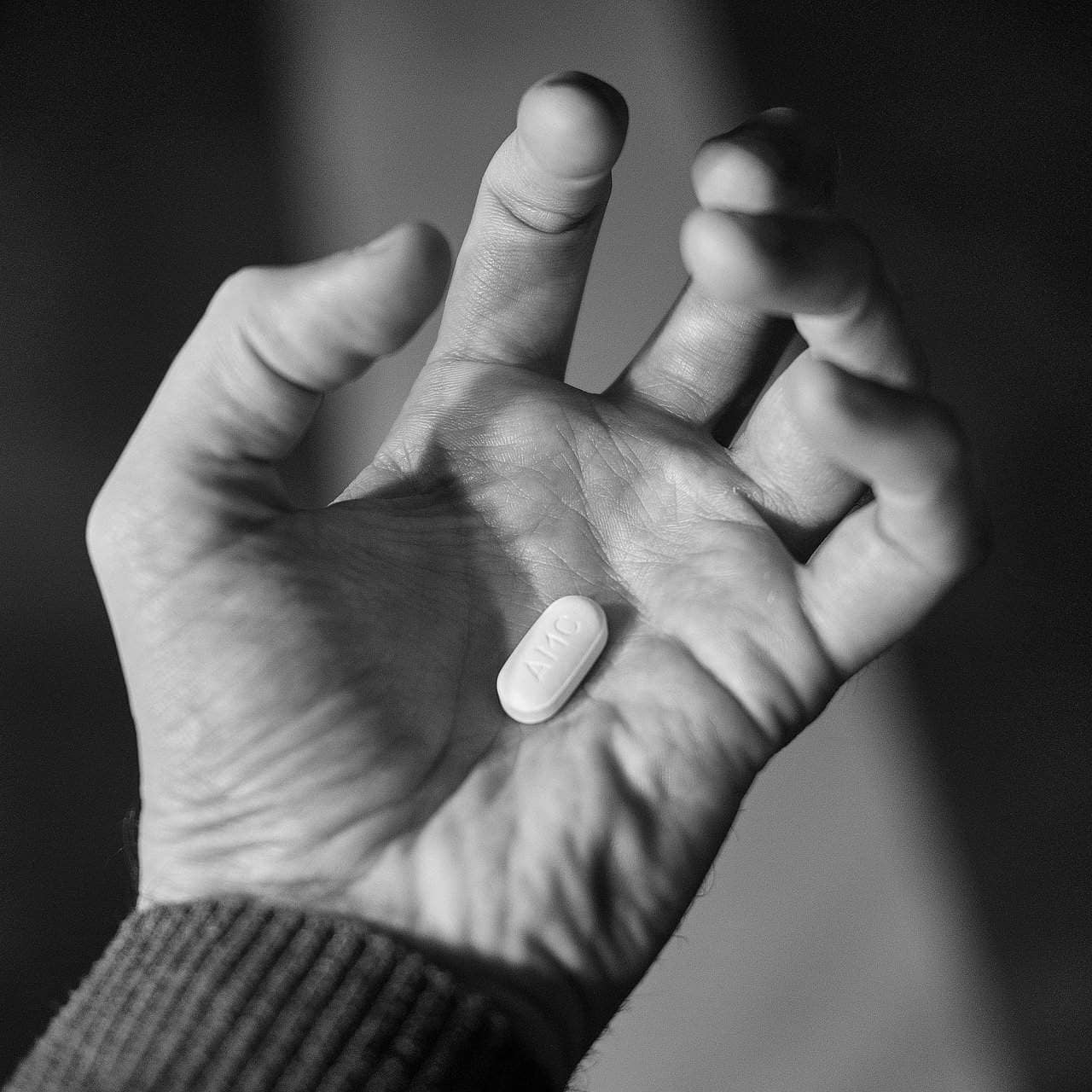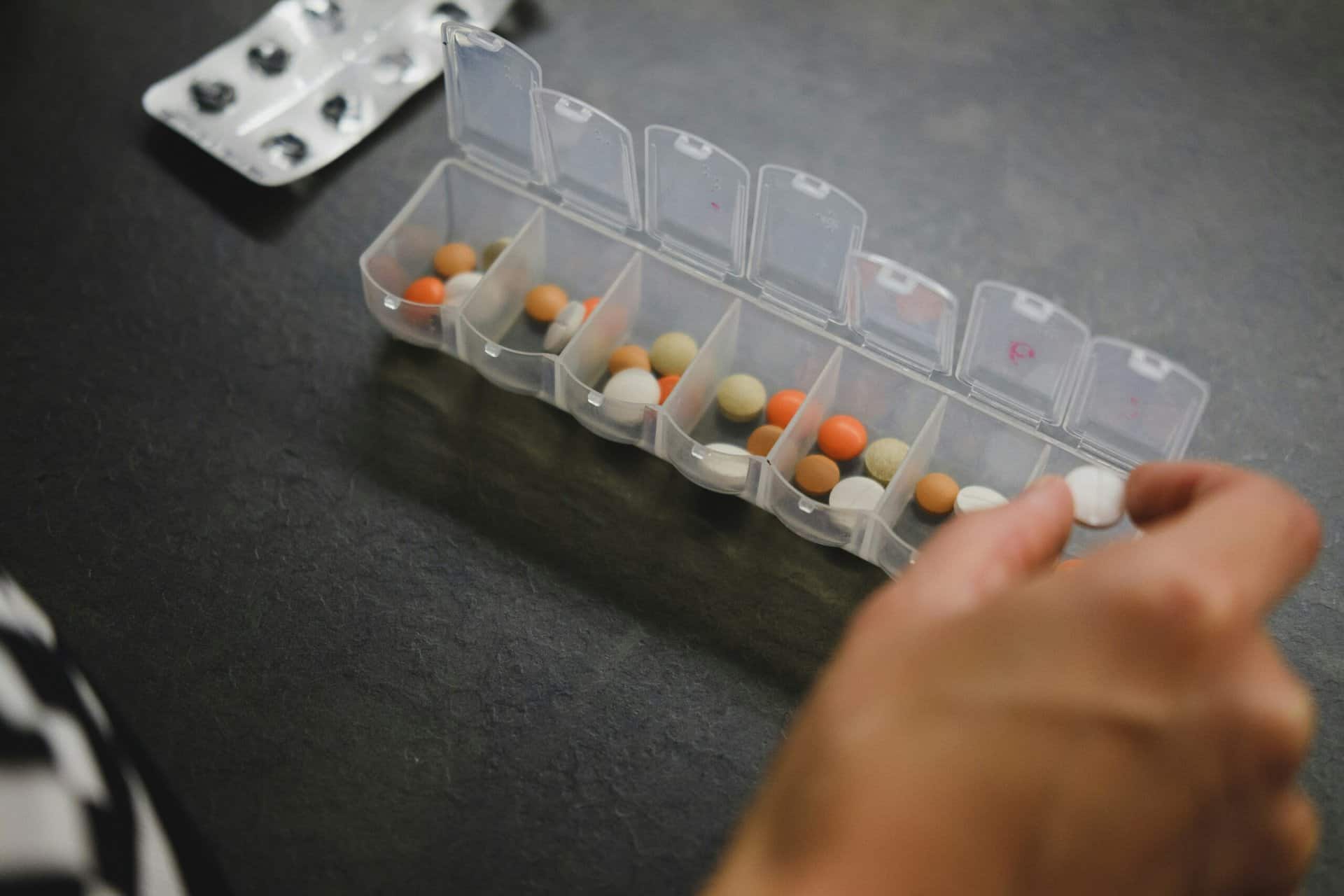“ ‘Forever chemicals’ are in the products we use, food we eat, and water we drink.” A quote from Kevin Loria in his article for Consumer Reports titled “How to Avoid PFAS”.
So – who cares? And what the heck is a PFAS? Never heard of this – can’t they just leave us alone?
Unfortunately, I then read the article – ok, yes, I DO what to know but wish I didn’t have to. So, since I care about ‘our’ education on health issues, I will do as quick a summary as possible.
(P.S. about Consumer Reports – they state they are “Ad-free. Influence-free. Powered by consumers.”)
PFAS are chemicals that are linked to a growing list of health risks and they linger in the environment for years – in the packaging at many chain restaurants. They previously found them in drinking water, too. Official name for the chemicals are per- and polyfluoroalkyl substances. Sorry, they are also used in a host of other products, from nonstick pans to water-resistant clothing.
Sent me running for my non-stick skillet made by Cuisinart. Looked it up. Online I found this description on their website:
GreenGourmet® Hard anodized induction-ready 8” skillet
- Exclusive Cuisinart Ceramica™ Non-stick Technology: PTFE/PFOA-Free non-stick surface for healthy cooking. Petroleum-Free ceramic-based nonstick interior helps to conserve oil consumption Energy Saving Construction: Hard anodized pan construction provides superior heat conductivity, requiring less energy to achieve desired cooking temperature Stay-Cool Eco-Friendly Handle: Riveted stainless stick handles stay cool on the stovetop. Handles are made from 70% recycled stainless steel Environmentally Friendly Packaging: Packaging is made from 100% recycled materials and is printed with soy ink Versatile Performance: Oven to 400⁰F Induction-ready-safe for all stovetops Constructed to Last: Lifetime warranty.
Why didn’t they mention PFAS? It all sounded so positive and environmental and friendly. And it is reasonably priced at $19.95! (turns out PTFE is one of the most heavily produced PFAS, like Teflon, and PFOA is also a PFAS chemical. Are you confused yet? What about the other 8,998 PFAS chemicals? Do I have to know ALL of them to check out my safety?)
Darn, why did Consumer Reports have to tell me about PFAS?
At least Jamie DeWitt, quoted later in this blog, stated my feelings correctly. She said when we are faced with chemicals that are as ubiquitous as PFAS, “it’s a little unfair to ask individuals to limit their exposure. These chemicals are made by corporations, and the onus shouldn’t be on the individual.”
But frankly, it is, isn’t it?
So maybe it would be wise for me to share what I found – let’s just glance over these:
- Estimates are that there are more than 9,000 PFAS chemicals – most common are PFOS, PFOA, also known as C8 (used in fabric, leather coatings, household cleaning products, firefighting foams, stain-resistant carpeting)
- Kids who have greater exposure to PFAS have less of a response to vaccines – and actually receive a suppressed immune system
- Many PFAS have an impact on important organs like the liver and kidneys and are linked to increased cholesterol as well as cancer.
- PTFE along with C8/PFOA were used to produce Teflon, the non-stick chemical coating used for decades
- Despite the ban, people still encounter PFOA by drinking contaminated water, eating fish and other foods that come from contaminated water, or handling imported goods that contain the chemical
- PFOS was used in many consumer and industrial products listed in the first bullet-point but it also has been found to cause birth defects and other reproductive harm
OK, OK, I will stop – it goes on and on. So let me share the Consumer Reports recommendations for “how to avoid PFAS”.
First: An expert in chemical toxicology who studies the health effects of PFAS says “thinking about the products you’re purchasing, thinking about the things we put on and in our bodies” is key. (He is Alan Ducatman, MD, professor emeritus at West Virginia University’s School of Public Health)
While organizations like the Green Science Policy Institute (GSPI) have put together guides that consumers can use to limit their exposure, by seeking out PFAS-free products, says Jamie DeWitt, PhD, a professor of pharmacology and toxicology at East Carolina University in Greenville, it is going to require government regulators and PFAS manufacturers to act, also.
And, per Consumer Report’s article, there are some hopeful things happening – let’s keep these efforts going:
- In 2023, California passed a law restricting PFAS in food packaging
- Maine passed a law that will limit nonessential use of the chemicals (as have several other states)
- The EPA is working to establish limits on some PFAS in drinking water (please go faster)
- And after being informed of Consumer Report’s food packaging investigation, Burger King, Nathan’s Famous, and Chick-fil-A publicly announced plans to get PFAS out of food wrappers
Let’s pare it down to reasonable – as CR stated, these chemicals are so widespread, it is not realistic to think you can avoid all PFAS exposure. But by staying away from products that do contain PFAS, you reduce not only your direct exposure but also the overall impact created by these chemicals.
Yep, CR found some research that indicates people who eat food cooked at home more often may have lower levels of PFAS in their blood than people who frequently eat out. CR suggests you transfer food out of packaging as soon as you can & avoid reheating food in takeout containers. And encourage your favorite restaurants to phase out PFAS in packaging (Chipotle, Sweetgreen & Wendy’s have made such pledges)
Ooops, you popcorn lovers need to know CR suggests avoiding microwave popcorn because the bags that contain it tend to have high levels of PFAS.
Clothing should be inspected, especially water-resistant outdoor gear. (Patagonia, for example, is reported by CR to be phasing out PFAS by 2024). They warn that mattress protectors and many water- or stain-resistant products may contain PFAS. So check and avoid them if they have PFAS.
Cosmetics – CR says they frequently contain PFAS – avoid water-resistant products, items with PTFE or “fluoro” in the ingredients. Also, Environmental Working Group maintains a database to help identify which shampoos, dental floss, makeup, and other personal-care products do and do not contain PFAS.
Cookware – CR says most nonstick cookware is made with PTFE, a type of PFAS but some like Blue Diamond Infused Ceramic pan and the Red Volcano Textured Ceramic pan – should not have any, because the nonstick surface is made from ceramic. Or – you could opt for cast iron or carbon steep pans.
Yep, I am still debating my Cuisinart – at least it said no PTFE and PFOA. But full ceramic cookware?? Have you priced these?? Wow.
CR also has a guide to testing and treating your drinking water for harmful contaminants. They are a pretty thorough researching group. But if tests or your municipal water report reveals PFAS in your water, consider using a water filter to remove the chemicals.
NOPE – don’t mean to scare you. Don’t sigh and give up even trying. I hope to have ALERTED you just as I was alerted. Go forward with determination to be aware and pro-active where you can! Remember it is cumulative, so each little bit of PFAS you stop from entering your world adds up!!
Food and dietary supplement products sold by Youngevity are intended to contribute to the daily diet and overall health and are not intended for use in the prevention, treatment, mitigation, or cure of any disease or health-related condition. Individuals who have or suspect they have an illness or who wish to commence a diet or exercise program should consult an appropriately licensed health care practitioner for a medical history evaluation, diagnosis, treatment, and health recommendations.



